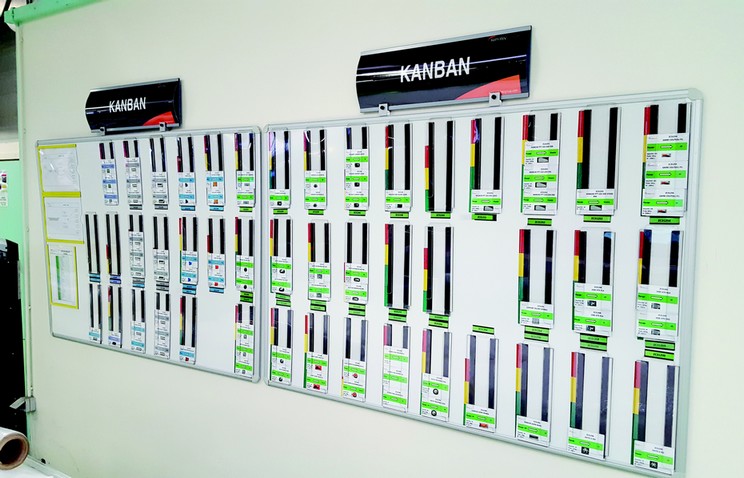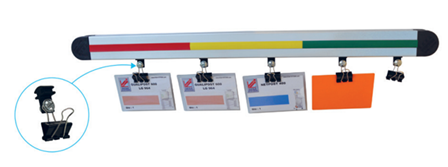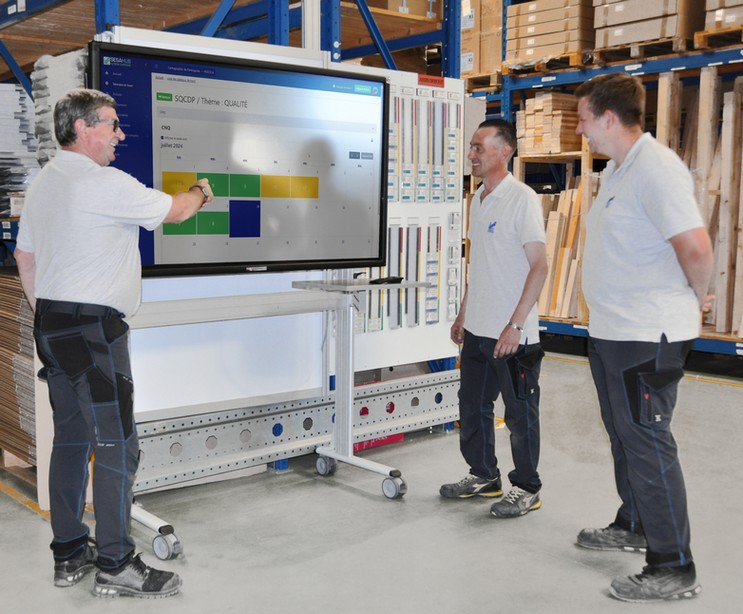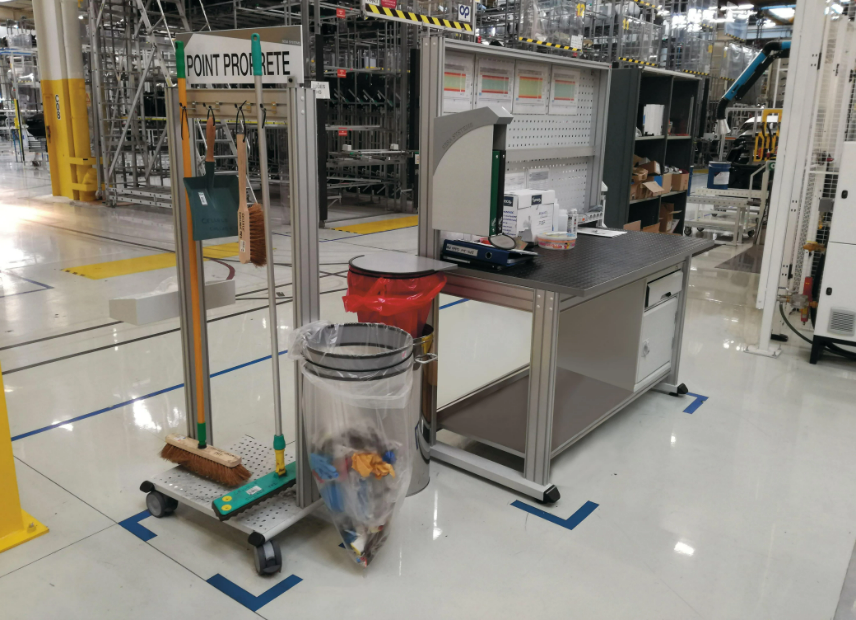How to Use the Kanban Method?
The Kanban method, originating from Toyota's production system in the 1940s, is a workflow management approach aimed at optimizing team efficiency and productivity. It relies on task visualization and limiting work in progress. Initially designed for use on physical boards with physical cards, this method has evolved with digitalization and integration into software, often alongside Agile methodology. It is widely used in development companies to provide a framework and visual feedback to clients based on the progress of their requests. Here’s how to use this method effectively.

Understanding the Basic Principles of Kanban
The word "Kanban" means "visual board" in Japanese. The method is based on several fundamental principles:
- Visualizing Work: The main idea is to make work visible to all team members. This is achieved with a Kanban board that displays tasks as cards placed in columns representing different stages of the workflow.
- Limiting Work in Progress: Setting limits on the number of tasks allowed in progress at each stage prevents work overload and promotes better focus and resource management.
- Managing Flow: Monitoring workflow and cycle times (the time it takes for a task to move from one stage to the next) helps identify bottlenecks and support continuous improvement.
- Continuous Improvement: Kanban encourages continuous improvement by regularly analyzing processes and making adjustments.
Setting Up a Kanban Board
Setting up a Kanban board is the first practical step to using this method.
Creating Board Columns
A classic Kanban board generally includes the following columns:
- To Do: Tasks that need to be completed.
- In Progress: Tasks currently being worked on.
- Done: Completed tasks.
Depending on your industry, the complexity, and the nature of your project, you may add intermediate columns, such as “Waiting for Review” or “In Testing.”
Adding Cards
Each task is represented by a card on the board. A card includes essential information such as the task title, description, assignee, due date, and more.

Limiting Work in Progress
It’s crucial to set limits for each column to prevent overload and encourage task completion before starting new ones. For instance, you might decide that only three tasks can be in the “In Progress” column at any one time.
Tracking and Managing Flow
Regularly tracking workflow is essential for identifying and resolving bottlenecks. Use metrics such as cycle time and lead time to evaluate process performance. This helps in making informed decisions to boost efficiency.
Promoting Continuous Improvement
The Kanban method is based on continuous improvement. Hold regular retrospective meetings to analyze the workflow, discuss challenges, and propose solutions for optimizing processes. Use tools like cumulative flow diagrams to visualize progress and identify improvement areas.
Key Takeaways
In summary, the Kanban method is a powerful tool for managing and optimizing workflow. That’s why many companies use it today, especially as Kanban boards are now often digital. By visualizing work, limiting simultaneous tasks, monitoring flow, and encouraging continuous improvement, teams can increase efficiency and productivity. The key to success lies in constant adaptation and improvement of processes to meet the specific needs of the team and project. Whether managing software development projects, marketing operations, production, or any other type of work, the Kanban method can be a valuable tool for achieving goals with effectiveness and agility.
















